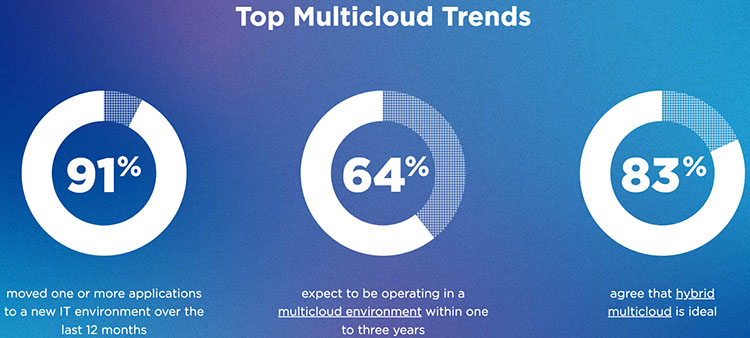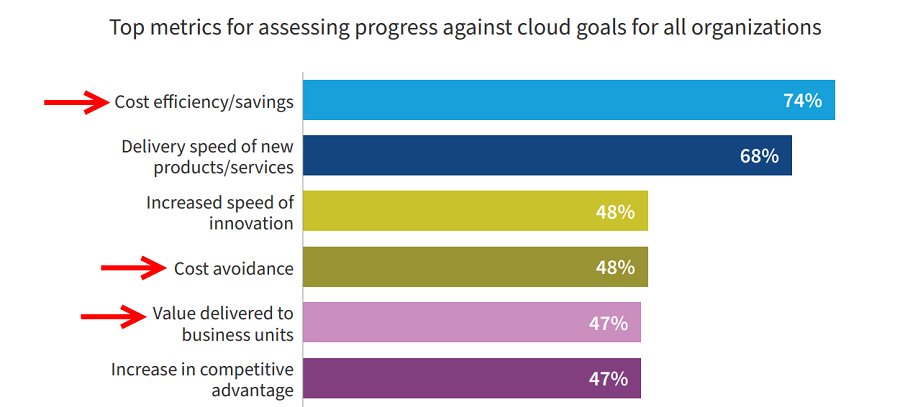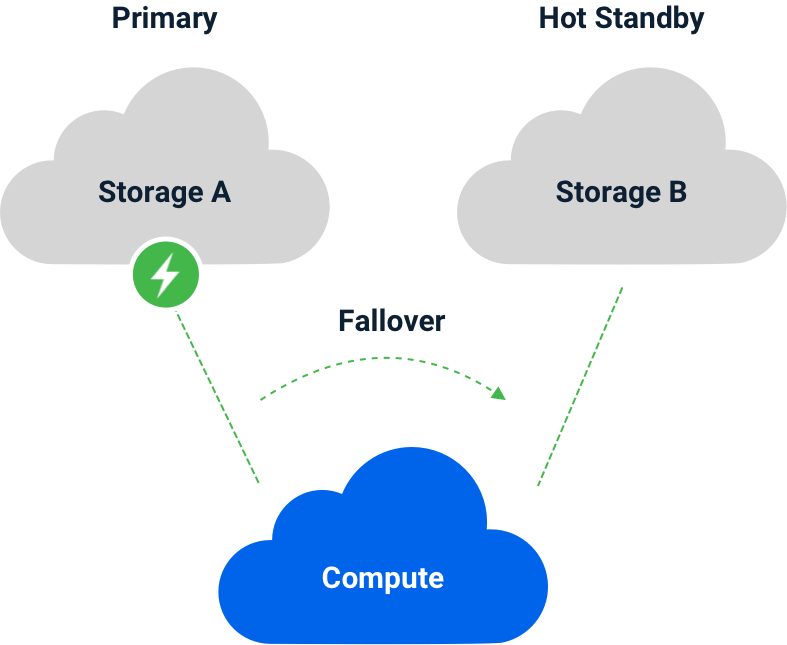The use of multicloud IT is widely used across healthcare, financial services, public sector and other industries. That’s the gist of Nutanix’s most recent Enterprise Cloud Index report.
Multicloud – a cloud deployment architecture that is composed of multiple public or private cloud systems – is the most commonly deployed model in the enterprise. It is also the only IT infrastructure model that is rising in adoption – enterprises clearly prefer this architecture over other forms.
According to the Enterprise Cloud Index, 83% of CIOs, CTOs and other IT leaders agree that a hybrid, multicloud architecture is the ideal operational model to keep the IT infrastructure running smoothly and help mitigate challenges.

Source: Nutanix Enterprise Cloud Index
“Over the next 10-15 years we can expect cloud computing to quickly evolve, and become so ubiquitous, that the concepts we label as ‘cloud’ will simply be known as ‘computing,’” said Dennis Allio, CEO of Workstate.
“Cloud vendors will have solved the compute hardware problem and we can expect infrastructure to become a commodity. The real future of cloud will be easy access and consumption of any data and services in the cloud.”
This widespread recognition and adoption of complex cloud technology, as always, is driven by clear business benefits. What are some of these advantages that result in smoother operations and strong ROI for the company?
1. Best-in-class Cloud Services
Cloud architects can choose the best cloud systems, taking into account the business goals of each workload. They can mix and match providers that meet specific app requirements best – say, one that gives the fastest and widest network bandwidth, another that has the most favorable terms in the SLA, and a third that allows the maximum number of users.
This could be something as general or commoditized as SaaS, which offers solutions such as email, CRM, productivity apps, etc. that address the needs of multiple departments. The organization gets the benefit of fully managed, industry-leading solutions for each business function, freeing up IT to focus on innovation.
A multicloud model also lets the organization choose specialized and advanced services such as Database as a Service (DBaaS), data lakes, integrated development environment (IDE) and developer frameworks, and big data analytics on an OPEX model even if they lack the in-house expertise to manage these.
2. Cost Optimization
A related (but not implied) advantage of using multiple public or private clouds is cost saving per stipulated resource usage or performance unit. While cloud pricing and performance vary greatly according to the region and provider, companies with experienced cloud architects can set up an optimal mix of cloud systems aimed at maximizing performance at minimal operating cost.
No wonder cost optimization is the top reason companies are moving their IT infrastructure to the cloud, according to Flexera’s State of the Cloud report.

Source: Flexera State of the Cloud 2022
All major multicloud management platforms today enable automatic workload orchestration and data distribution based on centralized admin policies enforced via a unified control plane.
Further, when an organization has the choice of buying cloud services in a competitive market, they have bargaining leverage with different vendors and providers – they can get the service and apps for a lower price or more features and services for the quoted price with a bit of smart negotiation.
3. Resilience and Risk Management
Even the best and biggest cloud service providers are known to have experienced outages at various points of time. It’s easy for a company to improve availability, build redundancy and fortify disaster recovery processes by using one cloud as a primary service while keeping another from a different provider as a hot standby.
By replicating data, applications and workloads across these clouds, organizations can make sure that users don’t face any disruption in the event of a service or power outage, natural disaster or denial of service (DoS) attack. For example, a business-critical application can be architected to write data to two different storage clouds and if the primary cloud becomes unavailable, the application can fail over to the hot standby cloud.

Source: Wasabi
Another significant way a multicloud environment mitigates risk is the avoidance of vendor lock-in. If an individual public cloud application or service is no longer the best match for the workload, the organization can immediately switch to another provider who offers better availability and performance.
4. Scaling Resources with Growth
The amount of data generated and processed by companies these days is humongous. With business growth comes the need for scaling technology resources. And it comes really quick. But no company grows linearly, so the opposite is also true. When business dries up or during seasonal downturns, there is no point in paying for storage and resources that are not being used.
Multicloud allows an organization to scale their usage of cloud resources or services up or down in sync with operational demand.
Avoiding vendor lock-in is a great advantage when the company is growing. If and when a business outgrows the cloud service provider’s maximum capacity or specialization, it should be easy to switch to another provider who can meet the new or increased requirements.
5. Compliance
Organizations in industries such as finance, telecom and healthcare need to meet stringent data and privacy regulations that vary according to the region of operations. There are different standards and rules that govern the storage, processing, transfer and even archiving of data and customer records.
This mandates the usage of different combinations of public and private clouds for storage and backup to comply with country-specific laws and regulations. Multicloud systems are the best bet here.
Strategy Matters
There is no denying that a multicloud environment comes with considerable complexity. Monitoring and interoperability are significant challenges that come with managing multiple cloud systems, be they public or private.
A comprehensive multicloud strategy will make sure the business derives maximum advantage from the inherent features and capabilities of each cloud component. The key to great multicloud deployment lies in choosing the right vendors. Their values and their vision for their products and services needs to align with the organization’s cloud strategy.
As Joe Weinman wrote in Cloudonomics: The Business Value of Cloud Computing, “Ultimately, the cloud is the latest example of Schumpeterian creative destruction: creating wealth for those who exploit it and leading to the demise of those that don’t.”
Feature image by Pxfuel
Dipti Parmar is a marketing consultant and contributing writer to Nutanix. She’s a columnist for major tech and business publications such as IDG’s CIO.com, Adobe’s CMO.com, Entrepreneur Mag, and Inc. Follow Dipti on Twitter @dipTparmar or connect with her on LinkedIn for little specks of gold-dust-insights.
© 2022 Nutanix, Inc. All rights reserved. For additional legal information, please go here.


